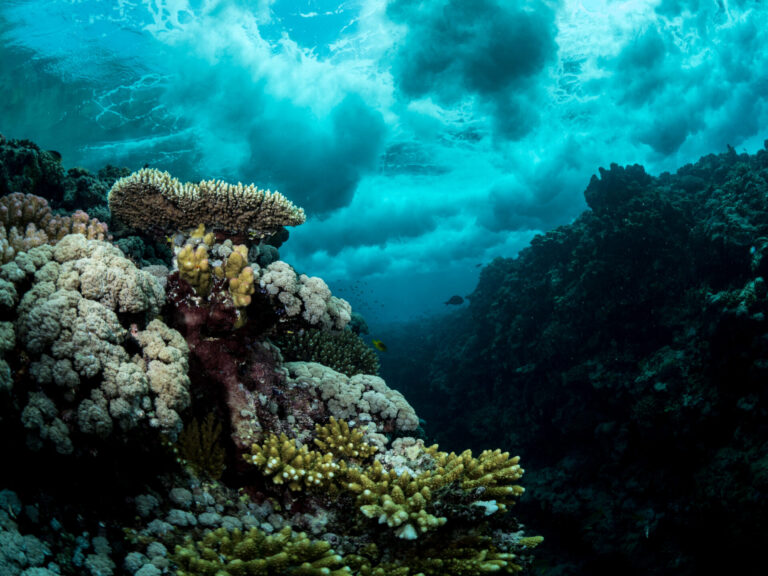Marine Science
Red Sea bioregions show changing blooms
Satellite data analysis lays a foundation for future studies on the impact of climate change on the Red Sea ecosystem.

Red Sea phytoplankton blooms change seasonally and interannually in response to climatic events. A KAUST study has analyzed satellite data over two decades and its findings will underpin other investigations into how climate change could impact this marine ecosystem.
Phytoplankton are water-living, microscopic organisms that use chlorophyll to convert light into energy. This process involves absorbing carbon dioxide and releasing oxygen, similar to plants.
“Phytoplankton are at the base of the marine food web and play a key role in the functioning of the open sea,” explains KAUST research scientist Malika Kheireddine, who specializes in ocean color remote sensing. “Critically, they are also responsible for about half the biological uptake of atmospheric carbon dioxide on Earth. We need a better understanding of phytoplankton variability to evaluate how climate change might impact their dynamics, the marine food webs and the biological carbon pump in the rapidly warming Red Sea region.”
To do this, Kheireddine and KAUST colleagues, along with a colleague at the University of East Anglia in the U.K., analyzed satellite observation data of chlorophyll-a concentrations in the Red Sea over a period of 21 years.
The data revealed four specific bioregions in the Red Sea, each with a unique annual cycle in chlorophyll-a concentration, representing phytoplankton seasonality.
Two of those regions are in the north, where a five-month winter bloom occurs in response to heat flux changes between the atmosphere and the sea, which lead to nutrients rising to the surface.
The other two regions are in the south, where seasonal monsoon winds push nutrient-rich water from the Gulf of Aden into the Red Sea, leading to summer and winter phytoplankton blooms.
Since the data covered a reasonably long period of time, the researchers were also able to detect the interannual variability in these blooms that responded to cyclical climatic changes in air-sea heat fluxes in the north and the El Niño Southern Oscillation in the south.
“This information provides a foundation to improve our understanding of the functioning of the global ocean ecosystem and the potential impact of climate change,” says marine scientist Burton Jones, who led the study.
The research also identified specific regions where autonomous platforms equipped with biogeochemical sensors can be deployed to gather more specific measurements. These will provide a more in-depth picture of the physical processes that influence phytoplankton production and carbon sequestration in the Red Sea.
References
-
Kheireddine, M., Mayot, N., Ouhssain, M. & Jones, B. H. Regionalization of the Red Sea based on phytoplankton phenology: A satellite analysis. Journal of Geophysical Research: Oceans 126, e2021JC017486 (2021).| article
You might also like

Marine Science
A place to trial hope for global reef restoration

Marine Science
Reef-building coral shows signs of enhanced heat tolerance

Marine Science
Plastic-munching bacteria found across the seven seas

Marine Science
AI reveals the universal beauty of coral reef growth

Marine Science
Tiny crabs glow to stay hidden

Marine Science
Mass fish deaths linked to extreme marine heatwave in Red Sea

Marine Science
Weeding out the secrets of Red Sea macroalgae

Bioscience




